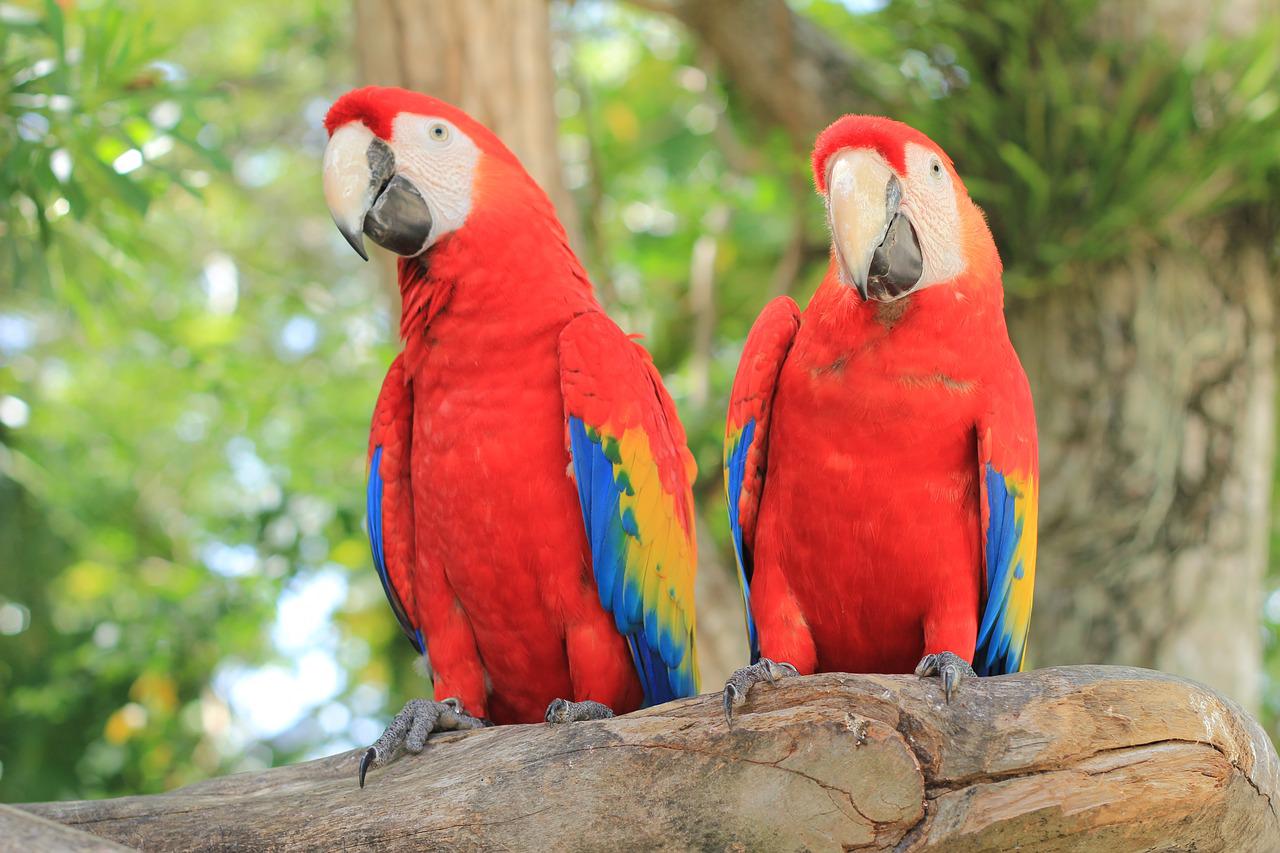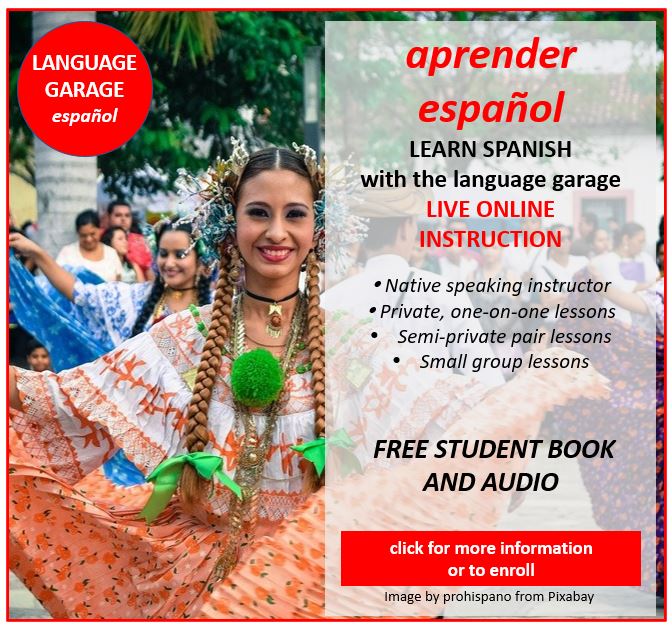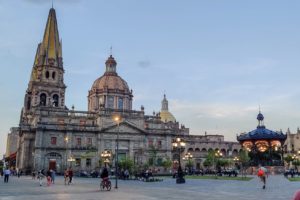Image by Angie Toh from Pixabay
In this post we’ll learn some basic Spanish vocabulary and grammar that you can use to describe things.
¿De qué color es? What color is it?
Let’s start with colors: negro/negra black; blanco/blanca white; rojo/roja red; azul blue; amarillo/amarilla yellow; verde green; marrón brown; gris gray.
- El perro es negro.
The dog is black. - El gato es blanco.
The cat is white. - Nuestro carro/coche/auto es azul.
Our car is blue. - La bandera de colombia es amarillo, azul, y rojo.
The Colombian flag is yellow, blue, and red.
GRAMMAR TIP! Remember that Spanish adjectives agree with the noun they describe. The typical pattern is –o (masculine singular), –a (feminine singular), –os (masculine plural), –as (feminine plural.)
- un perro negro, dos perros negros
one black dog, two black dogs - una serpiente negra, dos serpientes negras
one black snake, two black snakes
If the adjective ends in a consonant, there’s just one form in the singular, and both the masculine and feminine plural end in –es.
- un coche azul, dos coches azules
one blue car, two blue cars - una serpiente gris, dos serpientes grises
one gray snake, two gray snakes
For more information on adjective agreement, check out this post.
¡Qué bueno! How good!
Now let’s look at several other important basic adjectives: bueno/buena good; malo/mala bad; grande big; pequeño/pequeña small; bonito/bonita beautiful; feo/fea ugly; viejo/vieja old; nuevo/nueva new; largo/larga long; corto/corta short; alto/alta high; bajo/baja low; vacío/vacía empty; lleno/llena full; ancho/ancha wide; estrecho/estrecha narrow; duro/dura hard; suave soft; difícil difficult; fácil easy.
- Este restaurante es bueno/malo.
This restaurant is good/bad. - Es un buen restaurante.
It’s a good restaurant. - La película es vieja/nueva.
The film is old/new. - Es un gran día.
It’s a big/important/great day. - La ciudad es hermosa/grande.
The city is beautiful/big. - La calle es ancha/angosta.
The street is wide/narrow. - La cama está dura/suave.
The bed is hard/soft. - El vaso está lleno/vacío.
The glass is full/empty.
GRAMMAR TIP! Most adjectives in Spanish come after the noun they modify: una película vieja (an old movie). But a few common ones that show appreciation or admiration come before:
- un buen escritor / una buena escritora
a good writer - un gran hombre / una gran mujer
a great man/woman
Notice also that bueno becomes buen, and grande becomes gran, when used before the noun.
Learn Spanish with the Language Garage!
Interested in more Spanish? Check out our other posts on Spanish language, culture, and more. If you’re looking for convenient and affordable live Spanish lessons with a real teacher, visit The Language Garage. Our lessons are affordable and fun, and they’re given online in a virtual classroom, so it doesn’t matter where you live or work – we can come to you. We have flexible options, with a free trial so that you can decide if there’s a fit. Check us out!





